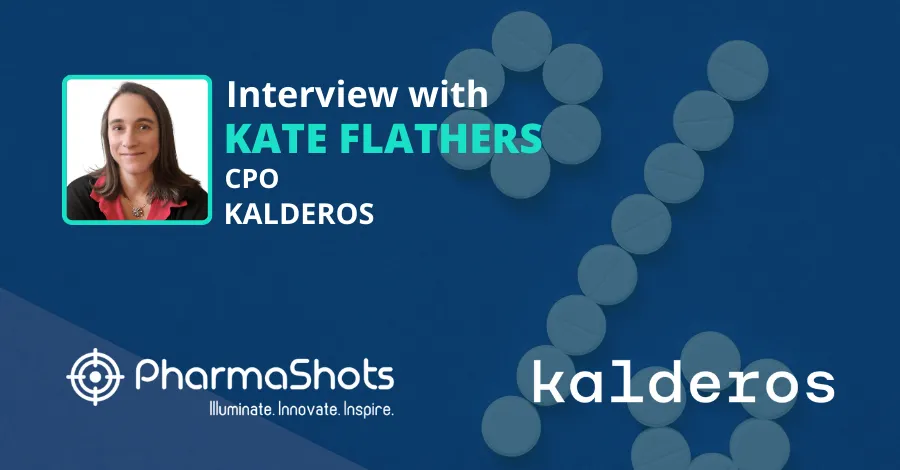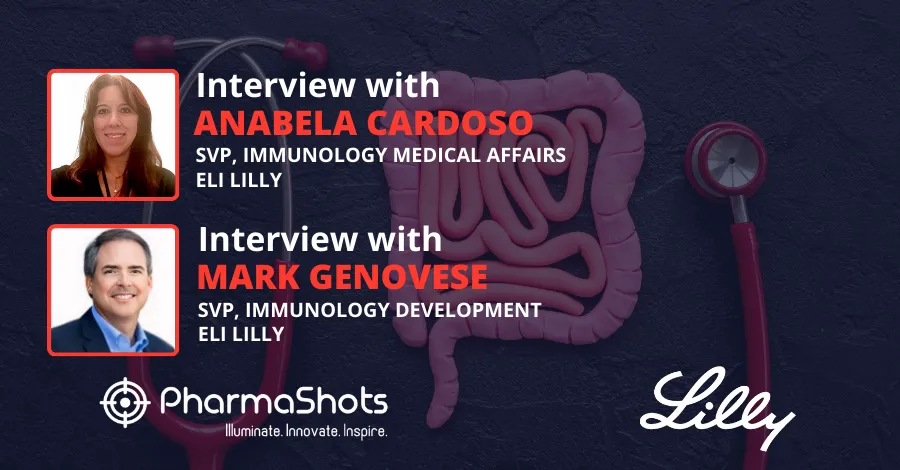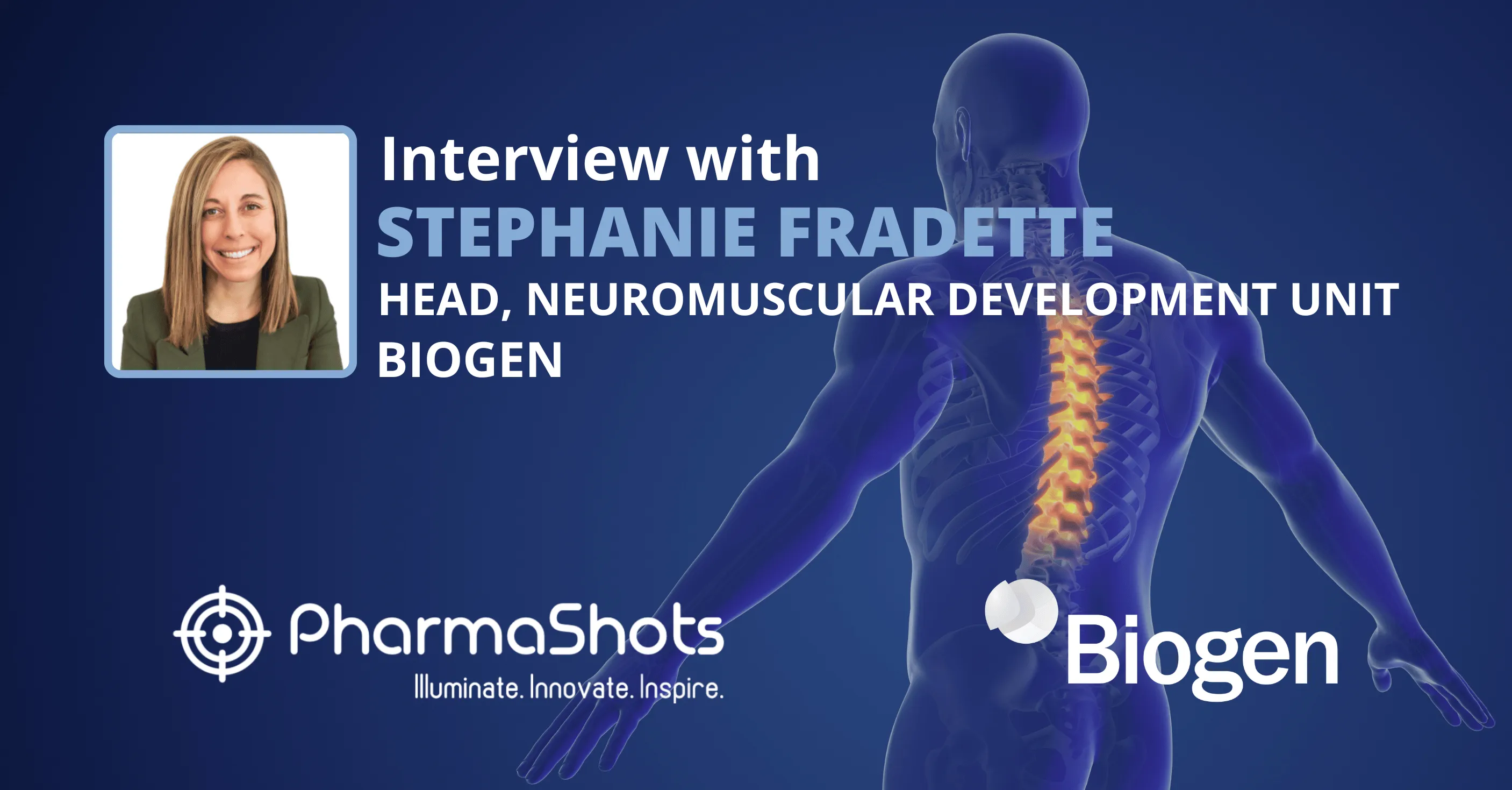
ATS 2024: Robert Fogel, Janet Franklin, and Dave Singh from AstraZeneca & Amgen in Conversation with PharmaShots
Shots:
-
Recently AstraZeneca and Amgen presented the results in late-breaking session from the COURSE trial, a proof-of-concept study evaluating tezepelumab in COPD
-
The PoC study was carried out in people with moderately to very severe COPD with a broad range of eosinophil levels
-
Today, at PharmaShots we have Robert Fogel from AstraZeneca, Janet Franklin from Amgen, and Dave Singh from the University of Manchester in an illuminating conversation
Saurabh: Tezepelumab’s impact on COPD exacerbations in the COURSE trial is very interesting. Can you elaborate on the overall effect of Tezepelumab on exacerbation rates for all participants compared to placebo?
Dave: The goal with COURSE was to look for efficacy signals to determine the right population for AstraZeneca and Amgen’s tezepelumab in COPD. Importantly, this trial did not exclude any patients based on their blood eosinophil count (BEC).
Though the primary endpoint (annual rate of moderate or severe COPD exacerbations) was not met in the overall trial population, there was a numerical reduction of 17% (90% confidence interval (CI): -6, 36), p[1-sided] =0.1042) in the rate of exacerbations in patients treated with tezepelumab compared to those treated with placebo at week 52, and encouraging data in several subgroups.
Importantly, in patients with BEC ≥150 cells/µL, tezepelumab led to a nominally significant reduction of 37% in the rate of moderate or severe exacerbations compared to placebo.1 Studies suggest that approximately 65% of bio-eligible patients with COPD have a BEC greater than or equal to 150 cells/μL.
Saurabh: The data suggests a potential benefit for patients with higher eosinophil levels. What were the differences observed in the subgroup of patients with BEC ≥ 300 cells/µL compared to those with BEC between 150 and 300 cells/µL?
Dave: In patients with BEC ≥300 cells/µL tezepelumab led to a numerical reduction of 46% in the rate of moderate or severe exacerbations compared to placebo.
In people with BEC between 150 and 300 cells/µL, tezepelumab led to a numerical reduction of 34% in the rate of moderate or severe exacerbations. These results signal the potential efficacy of tezepelumab to play a role in a broad range of people with COPD in the future.
Saurabh: Beyond exacerbation rates, were there any improvements observed in lung function for patients on tezepelumab, particularly those with higher eosinophil levels?
Dave: Subgroup analysis of the COURSE data showed treatment with tezepelumab resulted in numerical improvements in lung function as measured by FEV1 (improvement of 63mL and 146mL compared to placebo in BEC ≥150 and ≥300 cells/μL respectively). As was observed with exacerbation reduction, the effect on lung function increases with increasing underlying inflammation measured by eosinophil levels.
Saurabh: The safety profile is important. How were the side effects reported for Tezepelumab in the COURSE trial compared to its use in severe asthma?
Dave: The safety and tolerability profile for tezepelumab was consistent with its approved asthma indication; the most frequently reported (>10%) adverse events for tezepelumab were worsening of COPD (12.1%) and incidents of COVID-19 infections (14.5%) (this trial commenced in July 2019).
Saurabh: COPD is a complex disease. Can you explain how baseline blood eosinophil counts play a role in selecting treatments for COPD patients?
Dave: COPD is a heterogenous disease and we’re beginning to learn more about the mechanisms driving severe COPD. We expect biologics to play a key role as more entrants come to market, and EOS levels will be one factor for how physicians may select optimal treatment. For example:
-
EOS >300: ~30% of the overall bio-eligible COPD patients.
-
EOS >150: ~65% of the overall bio-eligible COPD patients.
Evidence from the COURSE trial signals the potential efficacy of Tezepelumab in a broad range of people with COPD, and the trial did not exclude any patients based on their baseline BEC. Studies suggest that approximately 65% of bio-eligible patients with COPD have a BEC greater than or equal to 150 cells/μL.
Saurabh: Given the encouraging results for subgroups, how do AstraZeneca and Amgen plan to move forward with Phase III trials for tezepelumab in COPD?
Robert: We are planning for the Phase III development of tezepelumab in COPD and will share more details in due course. Our goal is to design a clinical trial programme that can reflect the maximum clinical benefit we can provide to the maximum number of COPD patients, guided by the COURSE results.
COPD is a heterogenous disease and we’re only just beginning to learn more about the mechanisms driving severe COPD. We expect biologics to play a key role, and BEC levels are a key factor in how physicians select optimal treatments for COPD.
As with the design of all our trials, we will work with regulatory authorities on the Phase III development programme for tezepelumab in COPD.
These results in COPD highlight tezepelumab’s potential to play a role in the treatment of patients with COPD in the future. We are actively in Phase III planning for tezepelumab in COPD.
Saurabh: With COPD being a major public health concern, what are your expectations for tezepelumab’s potential impact on COPD management, if proven effective in future trials?
Janet: Evidence from the COURSE trial signals the potential efficacy of tezepelumab to play a role in a broad range of people with COPD in the future. While there are no head-to-head studies, these results are particularly important as they further support the broader mechanism of action of Tezspire in chronic respiratory disease and may signal that it differs from other biologics approved for the treatment of severe asthma.
Image Source: Canva
About the Author:

Dr. Robert Fogel
After graduating from Columbia University, College of Physicians and Surgeons in 1993, Robert B Fogel MD spent the next 11 years expanding both his academic and professional portfolios at Massachusetts General Hospital, Brigham and Women’s Hospital and Harvard Medical School.
Robert has been working within the pharmaceutical industry since 2004 gaining extensive knowledge and experience in medical affairs, clinical development, and commercial areas at local, regional, and global levels. He has proven to be an exceptional Strategic Medical Affairs and Clinical Research Leader with accomplishments in therapeutic area strategy, portfolio management, clinical research, drug development, CRO oversight and Global Medical Affairs.
Robert currently holds the position of Vice President of Global Medical Affairs, Respiratory and Immunology at AstraZeneca in Gaithersburg, Maryland. Here, he is responsible for the leadership of AZ’s Medical Affairs strategy and planning, along with the development and execution of key Practice Change Initiatives within Respiratory and Immunology. Whilst partnering closely with both global and local cross functional teams, Robert also acts as a senior external scientific leader maintaining strong relationships with medical experts and stakeholder groups including societies and health care systems.
.png)
Janet Franklin
Dr. Janet Franklin, vice president, global development biosimilars, at Amgen, lead the company’s biosimilar efforts. In this role, she oversees the clinical development program that is designed to show that Amgen's biosimilar candidates are highly similar to, and have no clinically meaningful differences from, their refence biologics. It's a complex and rigorous process with unique challenges that require cross-functional collaborations for a successful development program. Dr. Franklin’s goal is to support, develop and enable the team's success, ultimately working towards more potential treatment options for patients with serious illnesses

Dr. Dave Singh
Dave Singh is Professor of Clinical Pharmacology and Respiratory Medicine at the University of Manchester, UK. He graduated in medicine from Cambridge University and then specialised in clinical pharmacology and respiratory medicine. His research interest is the development of new drugs for asthma and COPD. He is the medical director of the Medicines Evaluation Unit, where he has acted as principal investigator in over 400 clinical trials. He is a member of the GOLD Science Committee. He was previously the chair of the European Respiratory Society airway pharmacology group. He is currently an editor of the European Respiratory Journal and European Respiratory Review. He is a fellow of the European Respiratory Society and of the British Pharmacology Society. He has over 450 publications.
Related Post: AstraZeneca at ATS’24: Robert Fogel & Dave Singh in a Stimulating Conversation with PharmaShots
Tags

Saurabh is a Senior Content Writer at PharmaShots. He is a voracious reader and follows the recent trends and innovations of life science companies diligently. His work at PharmaShots involves writing articles, editing content, and proofreading drafts. He has a knack for writing content that covers the Biotech, MedTech, Pharmaceutical, and Healthcare sectors.














